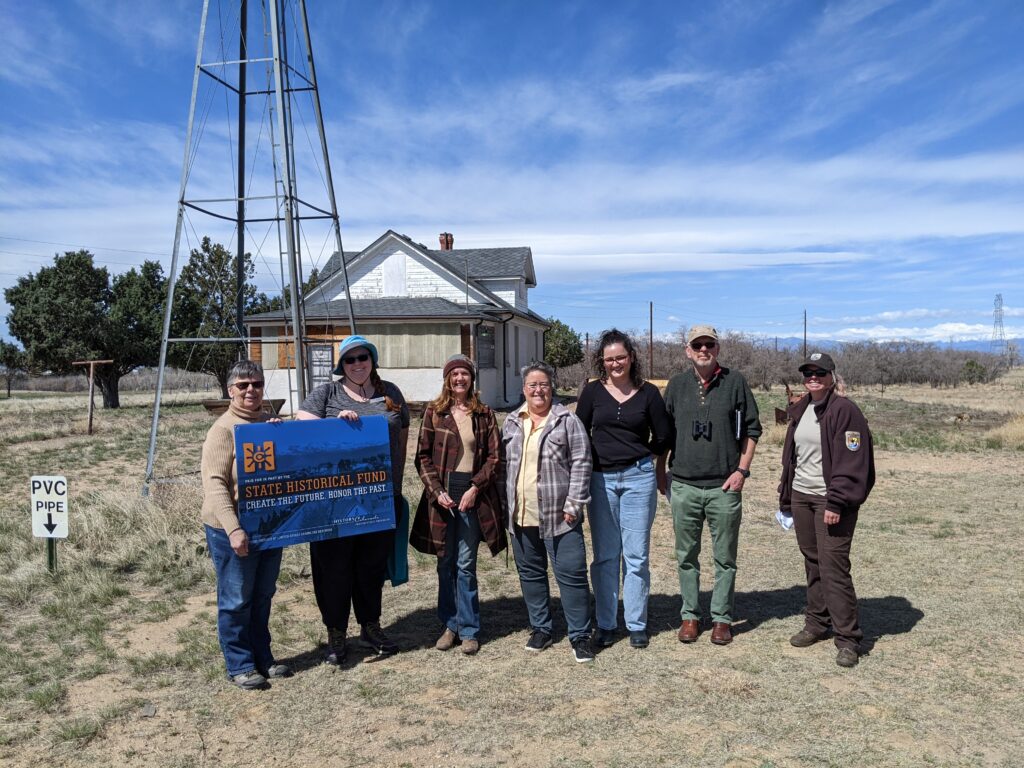Egli House
Brief History of the land before it was the Rocky Mountain Arsenal
The first inhabitants of the area were Native Americans. They too impacted the natural habitat, though often in subtle ways. They were removed from the plains so that agriculture could be expanded by luring eastern farmers to Denver.
By the 1880s, the area of the refuge was farmland. The Egli farm was one of several that occupied the site. The Egli farmhouse, although put to different uses throughout these past decades, still stands where it was built. It is the last remaining farmhouse on the area that is now the RMANWR 1.
Gottleib Egli was born in Switzerland. He and his family came to Colorado after 1910 and acquired a farming plot of several hundred acres. They build a home and farmed corn, alfalfa, wheat, barley, and millet and they raised pigs and cattle. With the creation of the Rocky Mountain Arsenal, the Federal Government acquired the land through condemnation, and all the families on the property were forced to abandon their homes.(2)
(1) UIC Law Review Volume 47 Issue 4 Article 13 Summer 2014 The Rocky Mountain Arsenal National Wildlife Refuge: On a Rocky Road to Creating a Community Asset, 47 J. Marshall L. Rev. 1401 (2014) Rachel Salcido
Comprehensive Conservation Plan, Rocky Mountain Arsenal National Wildlife Refuge, Colorado, December 2016.





